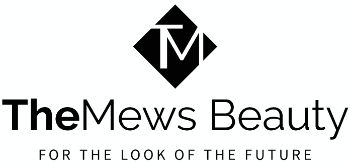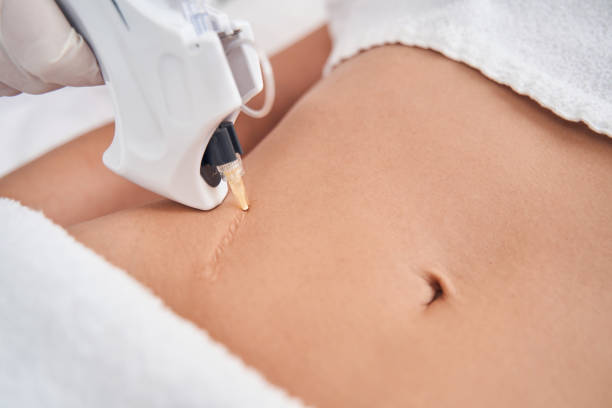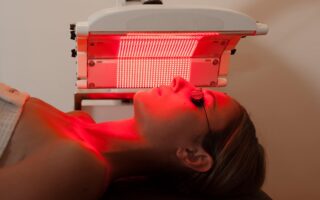A traumatic physical event can easily cause a scar on your skin. Whether it is a small medical intervention or a misfortunate accident, a scar is always there to remind you of what happened.
This reminder can cause you some psychological burden since you will always be reminded of the event or limit your movement. For this reason, modern medicine developed relevant techniques to help with scar removal.
If you are in the UK, many of the scar removal London clinics offer these services that will help you get rid of the scars. Yet, before going for such a treatment, it is better to understand what kind of treatments plastic surgeons use.
In this article, you will learn about the 3 top use scar removal treatments and for whom they are recommended.
Table of Contents
What is a scar?
A scar is a permanent mark left on the skin after an injury or wound has healed. As part of the healing process, your body produces collagen to repair the broken tissue, often creating marks known as scars.
Although most scars fade over time, they rarely ever disappear completely. There are many types of scars such as Normal fine-line scars, keloids, contractures and pitted or sunken scars. Each type of scar may look and feel differently because each person’s body reacts differently to wounds and Healing processes vary from person to person.
Scars are unavoidable, but in some cases, they can be managed with treatment by a qualified plastic surgeon. In the following part, we will learn 3 common scar treatments you must consider.
3 types of scar removal treatments
1. Micro-needling
Micro-needling, or collagen induction therapy, is a revolutionary scar removal technique used by plastic surgeons that involves penetrating the skin with noticeably short needles to cause ‘controlled damage,’ thereby stimulating the body’s production of collagen.
Through a controlled ‘injury,’ it kickstarts the healing process and leads to the remodelling of the underlying collagen that makes up the scar. The method consists of tiny needles penetrating through varying depths in the skin to trigger change and improve texture and pliability.
It is considered an incredibly effective invasive remedy for scars, as it not only allows us to target treatment areas accurately but also initiates visibly superior improvement both immediately after treatment and over time.
2. Acne Scar Removal
When it comes to acne scar removal, various techniques and treatments are available, depending on the type of scarring an individual exhibits.
Laser treatment, for instance, is effective for deeper scars such as ice-pick scars, whereas dermabrasion may be better suited to more shallow areas.
Generally, it is pretty common for patients to present multiple forms of acne scarring and therefore need a combination of treatments to reduce their appearance. Regardless of the type or severity of your acne scars, with access to the right interventions, they can often be dramatically reduced if not completely removed.
Good dermatologists always keep up to date with the most advanced technologies to offer their patients the best chance at achieving excellent results.
3. Scar Massage
Scar massage is one of the most recommended treatments for scar management, as it has been known to provide many benefits. With regular massage techniques, an affected area can become more tolerant to stimuli and can be better prepared for additional treatments.
Massage also helps increase blood flow to the scar and release oxytocin, providing improved softness, decrease in tenderness and improvement in itchiness.
Furthermore, massage aids in the remodelling of the scar by inducing mechanotransduction and can be used alongside other products to maximise the effects. For patients undergoing scar correction treatment, doctors highly recommend incorporating a massage therapy regime into their scar care plan to achieve their desired results.




